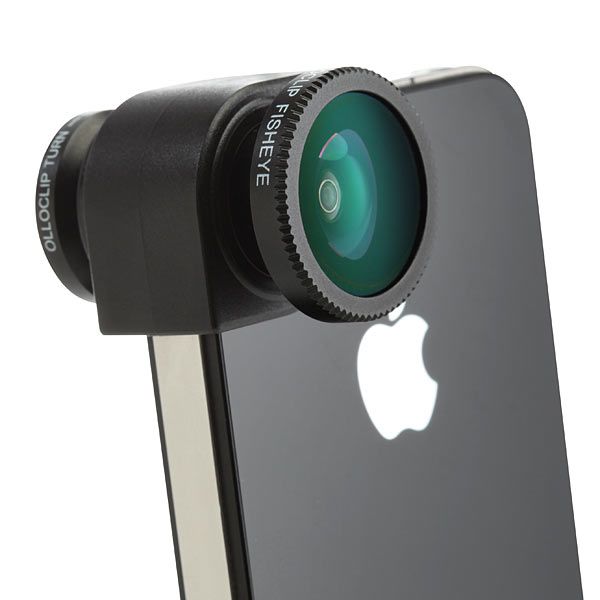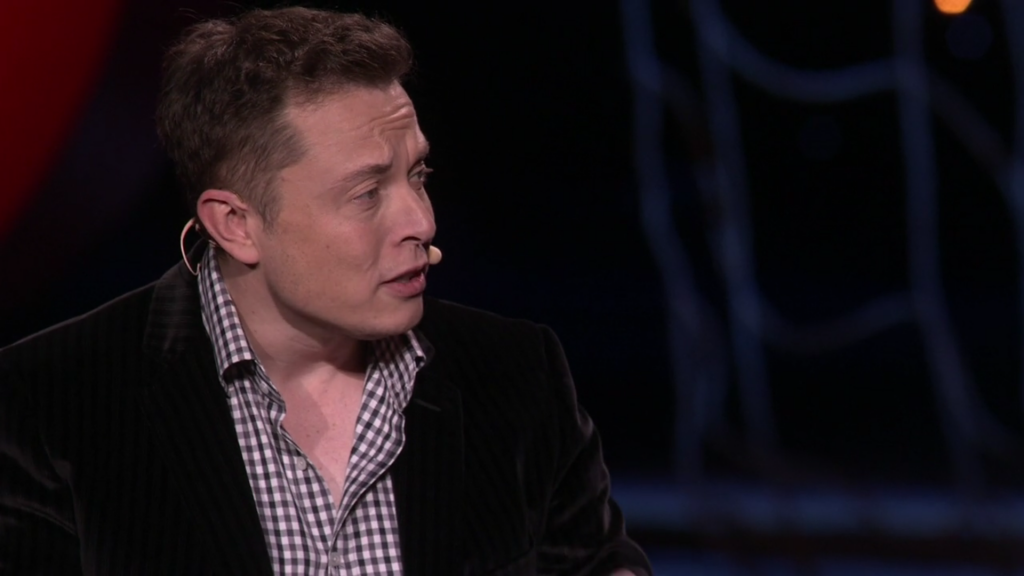Goodbye cameras, hello networked lenses
Jason Kottke sees the world clearly and explains his rationale with ease.
Craig Mod, writing for the New Yorker, says goodbye to cameras as photography transitions to the use of “networked lenses”.
After two and a half years, the GF1 was replaced by the slightly improved Panasonic GX1, which I brought on the six-day Kumano Kodo hike in October. During the trip, I alternated between shooting with it and an iPhone 5. After importing the results into Lightroom, Adobe’s photo-development software, it was difficult to distinguish the GX1’s photos from the iPhone 5’s. (That’s not even the latest iPhone; Austin Mann’s superlative results make it clear that the iPhone 5S operates on an even higher level.) Of course, zooming in and poking around the photos revealed differences: the iPhone 5 doesn’t capture as much highlight detail as the GX1, or handle low light as well, or withstand intense editing, such as drastic changes in exposure. But it seems clear that in a couple of years, with an iPhone 6S in our pockets, it will be nearly impossible to justify taking a dedicated camera on trips like the Kumano Kodo pilgrimage.
And indeed, the mid-tier Japanese camera makers (Panasonic, Fujifilm and Olympus) are struggling to find their way in the networked lens era. A few years ago, I wrote a post called “Your company? There’s an app for that.” about how smartphones were not only going to make certain devices obsolete, but drive entire companies and industries out of business. This bit, about cameras, seems almost quaint now:
Point and shoot camera — While not as full-featured as something like a PowerShot, the camera on the iPhone 3GS has a 3-megapxiel lens with both auto and manual focus, shoots in low-light, does macro, and can shoot video. Plus, it’s easy to instantly publish your photos online using the iPhone’s networking capabilities and automatically tag your photos with your location.
The best camera is the one you have with you the one with built-in posting to Facebook.
Via Kottke




